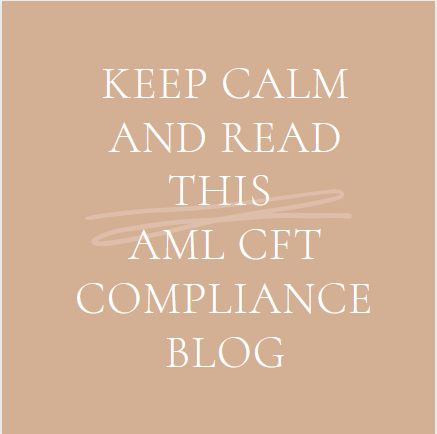Money Laundering from Environmental Crime
This article has been written in a personal capacity.
Intro
A Blog about AML-CFT Compliance? Sure! Let’s talk about AML-CFT Compliance together. Let’s discuss the laws, the work, the entities, our colleagues, our regulators, ourselves and AML-CFT Compliance. This blog serves to inform, educate, share, discuss and empower all Compliance Officers, aspiring Compliance Officers, happy Compliance Officer and those struggling with the weight of their work and responsibilities in an ever-growing community of more and more pressure to comply……
Money Laundering from ENVIRONMENTAL CRIME
Have you heard of this one before? Is this even a thing? Is this a ‘ver van mijn bed show’? Why bother if we are not even as far as understanding our own national ML, TF risk to be concerning ourselves with environmental crime! There is too much going on, I don’t have time to read, understand nor inform myself about what’s happening in AML CFT Compliance outside of my jurisdiction!
Which ever one of the above you are, let me draw your attention to this topic:
Environmental crime is one of the most lucrative criminal activities, generating
around USD 110 to 281 billion in criminal gains each year. Environmental crime has far-reaching impacts beyond the financial cost, including for the planet, public health and safety, human security, and social and economic development. It also fuels corruption, while converging with other serious crimes such as drug
trafficking and forced labor.
Specific examples of environmental crime:
- Animal poaching, such as illegal capturing or killing for body parts
- Animal smuggling, such as the trafficking of ivory or rhino horns
- Production of hazardous waste
- Pollution of the atmosphere, oceans, rivers or earth
- Illegal or unreported fishing
- Illegal logging
- Illegal mining
Analysis
Criminals often rely on cash intensive sectors (frequently linked
to the export sector) and trade-based fraud to launder proceeds from environmental crimes. In the case of illegal logging and illegal mining, countries identified a heavy reliance on front companies located in offshore centres, third party transactions and complicit intermediaries (lawyers, refiners) to both conceal payments and launder gains.
Environmental Crime Red Flags
- Corporate deception, environmental criminals may set up shell companies to handle shipping for illegal goods. Shell companies may have obscure beneficial ownership, overly complex infrastructures or be located in tax havens.
- Transaction patterns, environmental criminals may engage in irregular or inconsistent transaction patterns, transact in amounts that don’t match the scale of their stated business or transact with high-risk countries and environmental crime hotspots.
- Cash transactions, by dealing with cash, environmental criminals may be able to operate with a greater degree of anonymity. Entities should be on the lookout for a high frequency of cash transactions or requests for high denomination bank notes.
- Shipping, criminals may seek to avoid AML checks when transporting the products of environmental crimes by faking, failing to complete or manipulating shipping documents.
- Unknown goods, environmental crimes often involve exotic animal species or rare substances. Employees of financial institutions may not be familiar with these species and substances or may not even be aware of laws restricting their trade.
- Adverse media categorization, involvement in adverse media is an important indicator of money laundering risk linked to environmental crimes.
Further reading:
https://www.fatf-gafi.org/media/fatf/documents/reports/Money-Laundering-from-Environmental-Crime.pdf
